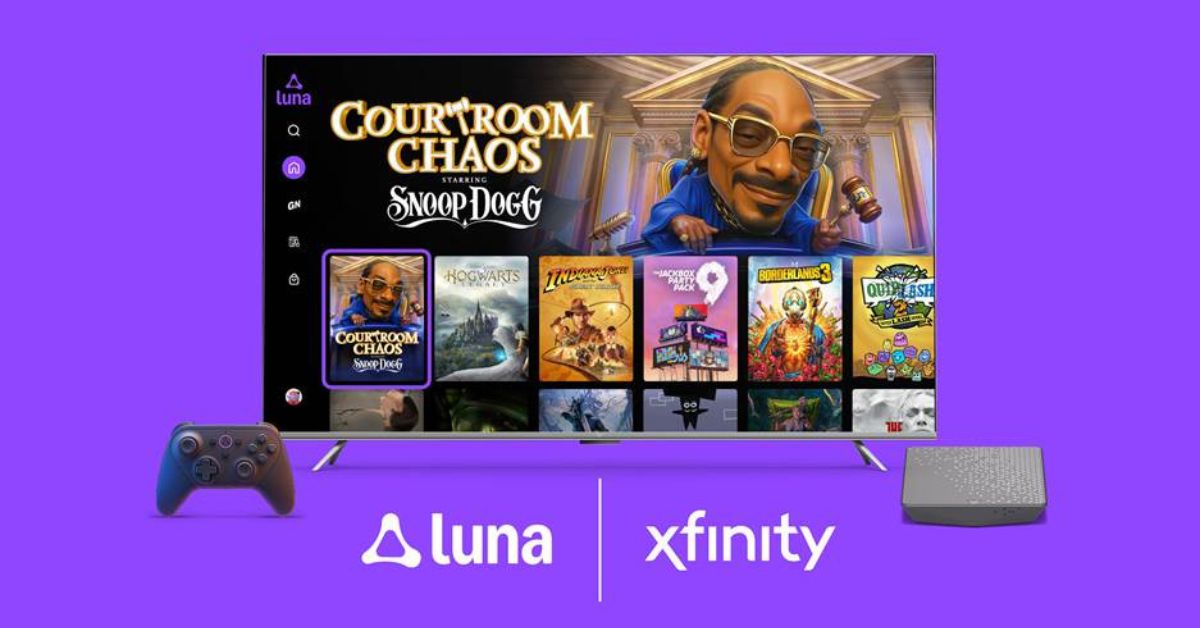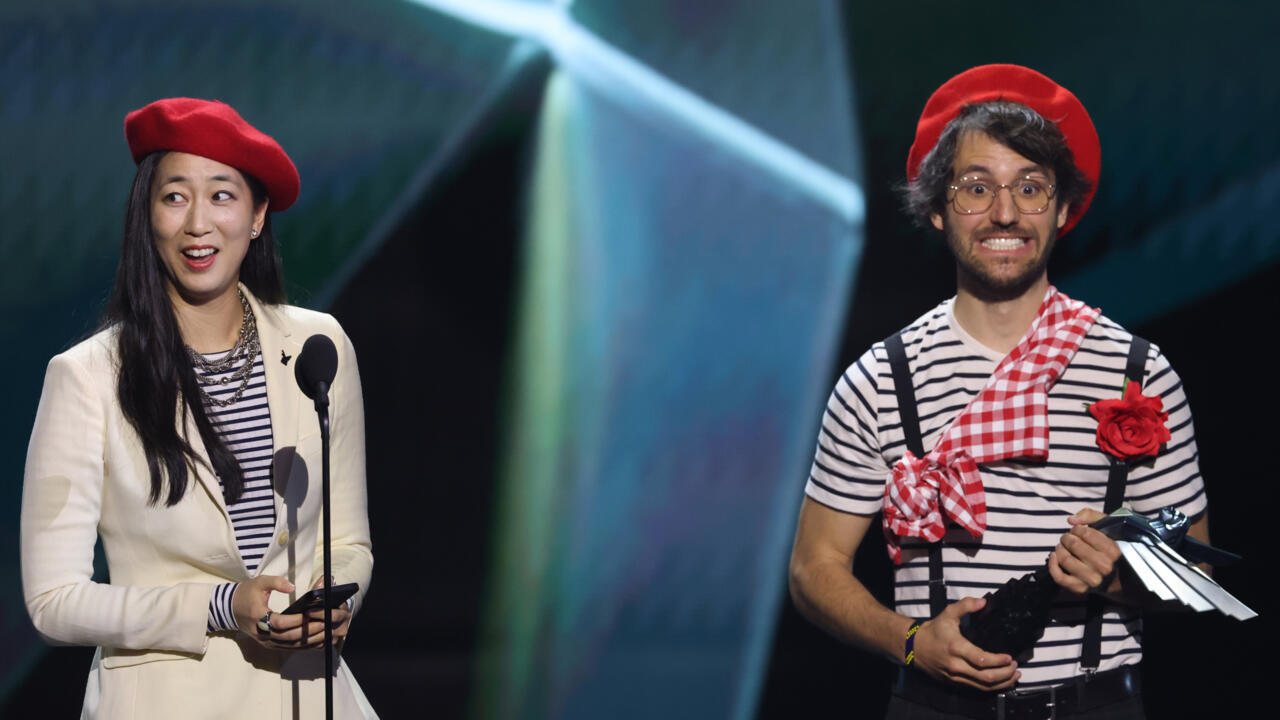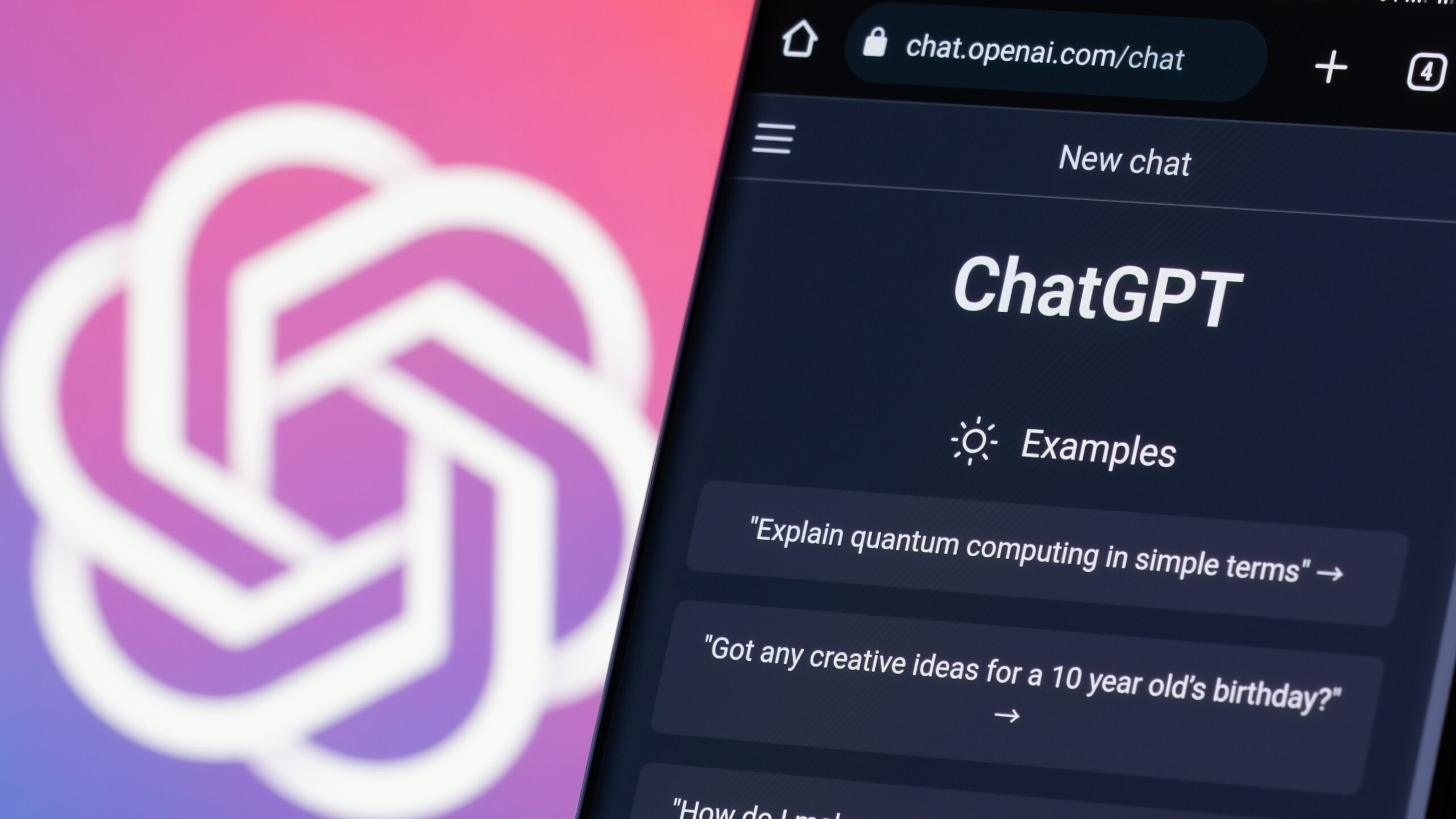Microsoft is signaling a major shift in its console strategy. Xbox President Sarah Bond recently confirmed that the company’s next-generation console will deliver what she described as “a very premium, very high-end curated experience.” She added that some of the ideas behind the design can already be seen in the new handheld device collaborations, but did not share further details.
Bond’s language suggests that Microsoft intends to move away from the affordability model of the Xbox Series S. The upcoming console appears aimed at gamers who want a top-tier system with higher performance and refined design. Analysts believe this means a steeper price point and a more focused ecosystem.
This direction fits with Microsoft’s larger hardware and software vision. The company previously announced a multi-year partnership with AMD to develop custom silicon for upcoming consoles and handhelds. The goal is to create an Xbox experience that is not limited to a single device or storefront. Recent hardware, such as the ROG Xbox Ally handheld, already shows this shift toward flexibility. It runs Windows, supports multiple game platforms, and connects more deeply with Microsoft’s cloud services.
The phrase “curated experience” has raised questions among players and analysts. Traditionally, that phrase implies a closed environment optimized for specific hardware, but Microsoft’s approach may blend that control with cross-platform access. The company has repeatedly emphasized backward and forward compatibility, meaning players will likely retain access to their existing Xbox libraries on future devices.
There are still risks. If the console focuses on premium performance and higher cost, it could alienate gamers who value accessibility and affordability. The Xbox Series S built its reputation on providing a solid experience at a reasonable price. Moving upscale could change how consumers view the brand. At the same time, a high-end system could attract serious gamers seeking the best performance and long-term investment value.
Microsoft has not revealed a release window, but industry speculation points to a potential launch around 2027. That timeline aligns with standard console life cycles and industry patterns. Competing platforms are also preparing next-generation systems, which may push Microsoft to distinguish itself through performance, design, and cross-device play rather than pricing.
The next Xbox appears to mark the start of a more refined era for Microsoft’s gaming division. The focus on premium hardware, long-term ecosystem growth, and flexible access points shows a clear shift toward high-end gaming experiences built to last.





